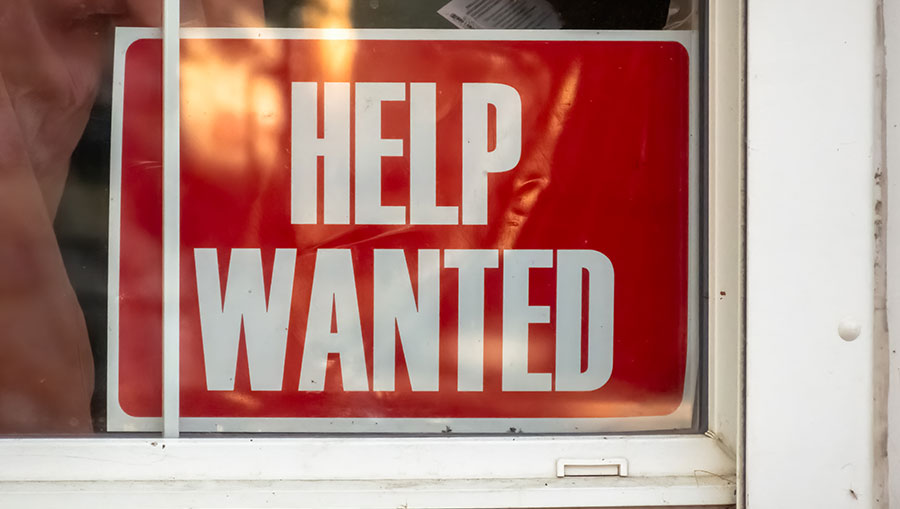Personal Wealth Management / Market Analysis
What Bubble Hunters Miss
Hunting bubbles is a popular pastime these days, but is it timely?
Story Highlights:
- Bubbles are an irregular but repeat feature of market history.
- But many folks seemingly see them all too frequently—assuming nearly any advance in stocks constitutes irrationality.
- Some folks see that now in technology, but the reality is today isn’t much like 2000’s Tech bubble at all.
- We agree watching other investors’ behavior is critical, but one must realize there’s a lot of territory between panic and euphoria.
Stretching back centuries, global stock market history is dotted with periodic inflation of bubbles. The psychology is almost always the same: Investors, seeing evidence of outsized returns for one (or more) areas of the market, become captivated by greed and flock towards heat. Bubbles are usually coupled with claims of a “paradigm shift”—like in 2000, when folks widely didn’t believe profits or balance sheets mattered much to the success of dot-com companies. Then, “clicks” mattered more. Not every bear market is kicked off by a true asset bubble. But for some, the Tech bubble experience has driven them on a never-ending quest to slay the next bubble.
These bubble huntersseemingly feel almost any material upward movement in stocks constitutes an irrational head-rush with soon-to-come dire consequences. True today! These days, some asserta Tech bubble redux is in the offing. Most point to the supposedly “lofty” “valuation” (note the quotation marks) of a handful of pure-play social media firms that are, save one, still privately held.
It’s true the long-term economic value of such firms and their technology are open to interpretation now, mostly because the majority remain privately held and don’t have to share their finances. That alone makes it awfully difficult for an outsider to judge whether a valuation is actually “lofty.” Moreover, the highest estimated “valuation” (implied through private capital raising attempts) ranges around $40 billion-$50 billion. Now, that might seem big in absolute terms, but relative to the global stock market it’s right about the median. Too much? Maybe. But the amount alone isn’t enough information to know.
Whatever your opinion of those six or seven social media firms’ value, a few mostly non-public companies don’t constitute a bubble. It takes a far broader sense of euphoria—which doesn’t exist today—to inflate a true bubble. In 2000, talk of the next hot Tech IPO as the ticket to riches was nearly unavoidable. And there were plenty to choose from—from just November 1999 to April 2000, 172 tech firms went public.[i]In contrast, since November 2010, there have been 18 Technology IPOs.[ii]Thus far, just one has been a pure-play social media company. Not to mention, Technology was the largest sector by market cap in the S&P 500 in 2000—so its bust was very meaningful to broad market direction. Social media companies today (using high-end estimates) are worth somewhere around $100 billion—less than 1% of the S&P’s over $16 trillion market cap. So no matter social media’s future, it likely doesn’t pose a dire threat to stocks generally today.
Ultimately, maybe this or some other newfound technology does help foment a Tech bubble part deux. But today, that seems even more premature than Alan Greenspan’s famous “irrational exuberance” comment—which he made December 5, 1996(or, over three years before the bubble burst). So what causes some to see greedy ghosts driving a bubble?
Mostly, this seems to stem from myopic loss aversion. Since most people emotionally feel a financial loss more than they appreciate gain, some get the sense losses are “real” and gains “fake.” Which obscures reality because stocks rise historically more often than fall, for longer periods and with stronger results. If that weren’t the case, stocks long-term average returns wouldn’t be roughly +10%.
It’s a fine narrative to say economic history typically flows from bust to boom, and sometimes booms do peak with euphoric bubbles. But bubble hunters seemingly gloss right over the boom and jump straight to euphoria—making stock market history seem like a wild ride jumping between sheer, unadulterated panic and pie-in-the-sky euphoria. But it’s not—more often, sentiment (on balance) isn’t nearly so extreme.
It’s true investors should watch the behavior of other investors. And when sentiment does reach extremes (good and bad), that can be telling about the market ahead. But the great irony of bubbles is they tend to occur when most people deny the asset is a bubble—because, if most people saw a likely burst approaching, they wouldn’t flock to it in the first place. So, our suggestion: Remember to watch bubble-hunter behavior too.
If you would like to contact the editors responsible for this article, please message MarketMinder directly.
*The content contained in this article represents only the opinions and viewpoints of the Fisher Investments editorial staff.
Get a weekly roundup of our market insights
Sign up for our weekly e-mail newsletter.

You Imagine Your Future. We Help You Get There.
Are you ready to start your journey to a better financial future?

Where Might the Market Go Next?
Confidently tackle the market’s ups and downs with independent research and analysis that tells you where we think stocks are headed—and why.





